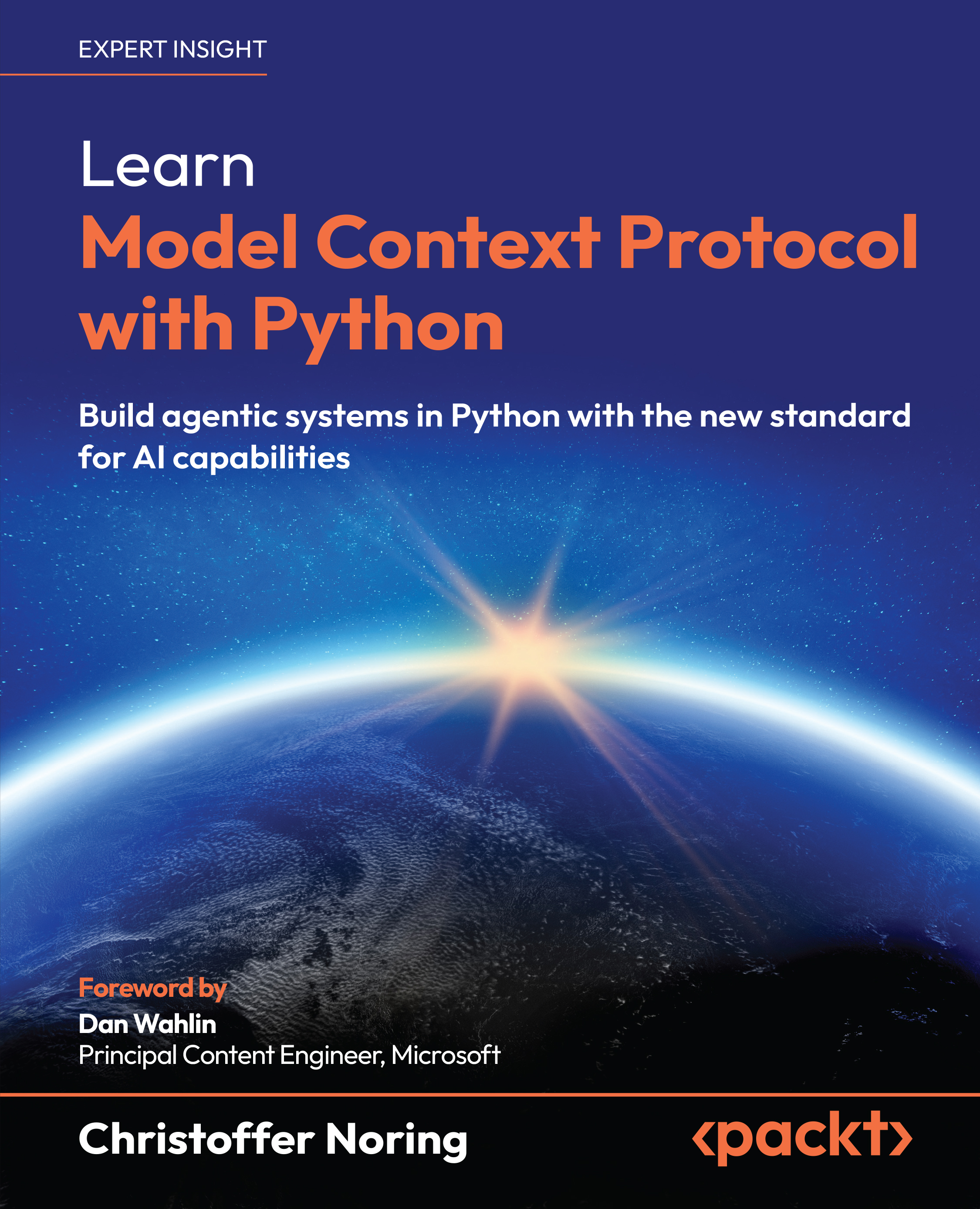Clients with LLMs
So far, you’ve seen how you can build and test a client using STDIO and SSE. However, you might have noticed how this approach is quite programmatic and not very user-friendly. That is, for each capability you want to use, you need to know the exact name of the feature and its parameters. This is where LLMs come in. By involving an LLM in the client, you can abstract away the knowing part and instead focus on the doing part. Here’s how it works.
Before using an LLM
Here’s how you would build an app without an LLM and how the flow in the app would be:
- List server features.
- The user selects a feature and the client asks for the parameters.
- Do something with the response.
This approach is quite rigid and requires the user to explicitly know and select one of the features listed. So, what’s better?
After involving an LLM
To address clients that feel rigid, imagine instead that the user doesn...

































































